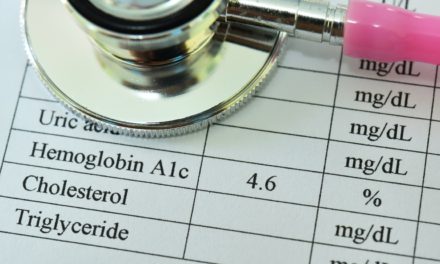Knowing how to manage your glucose levels will help you better avoid hypoglycemia after exercise. Dr. Zaharieva focused her recommendations on people with type 1 diabetes or people with type 2 diabetes who use insulin. No matter how active you are, all people with diabetes should consider their goals when planning for a workout. Glucose management strategies may differ if your goal is to “stay in shape,” compete at a high level, lose weight, or train for a long-distance race. In other words, the type, intensity, and duration of exercise will determine how to prepare.
Glucose levels at the start of exercise should be individualized for each person with diabetes – make sure you ask your healthcare professional what numbers may be best for you. In her experience, Dr. Zaharieva finds that exercising with insulin on board (insulin that’s still active in the body from the previous bolus) can be challenging, especially since insulin absorption increases during activity. She recommends exercising in a fasting state and in the morning when blood glucose levels are most stable. Other diabetes care professionals suggest waiting more than 90 minutes after a bolus before exercising, or taking less bolus if you won’t wait a full 90 minutes – however, every person is different. Work with your care team to come up with an exercise plan that works for you and helps you avoid hypoglycemia.
Here are Dr. Zaharieva’s suggested guidelines for exercise:
- Starting the activity when glucose levels are between 90-270 mg/dL is okay, but it’s important to know yourself and make the necessary adjustments on the low end (by consuming 10 grams of carbohydrates) or on the high end if blood glucose increases. You may find it harder to exercise with high glucose levels.
- When glucose is below 90 mg/dL there is a major risk of hypoglycemia when doing aerobic (low intensity) exercise. You should consume 10-20 grams of carbohydrates and re-check your glucose before starting the low intensity activity.
- Starting anaerobic (high intensity) activity when glucose is below 90 mg/dL may be okay if your glucose levels are trending up and you’ve consumed carbohydrates.
- If your glucose is above 270 mg/dL, avoid intense exercise. Light activity is okay if ketone levels are low. Any correction bolus can cause hypoglycemia (during or after the workout), but you may still consider taking a 25-100% correction bolus knowing that a 1-unit bolus might lower glucose like a 2 or 4-unit bolus. The reduction will depend on the intensity of the workout, insulin sensitivity, and what will be eaten after exercise. Eating a mix of high-fiber carbs, protein, and fat after exercise can also help prevent going low after working out.
Credits:
Excerpts from LEARNING CURVE
Image by Andrzej Rembowski from Pixabay








